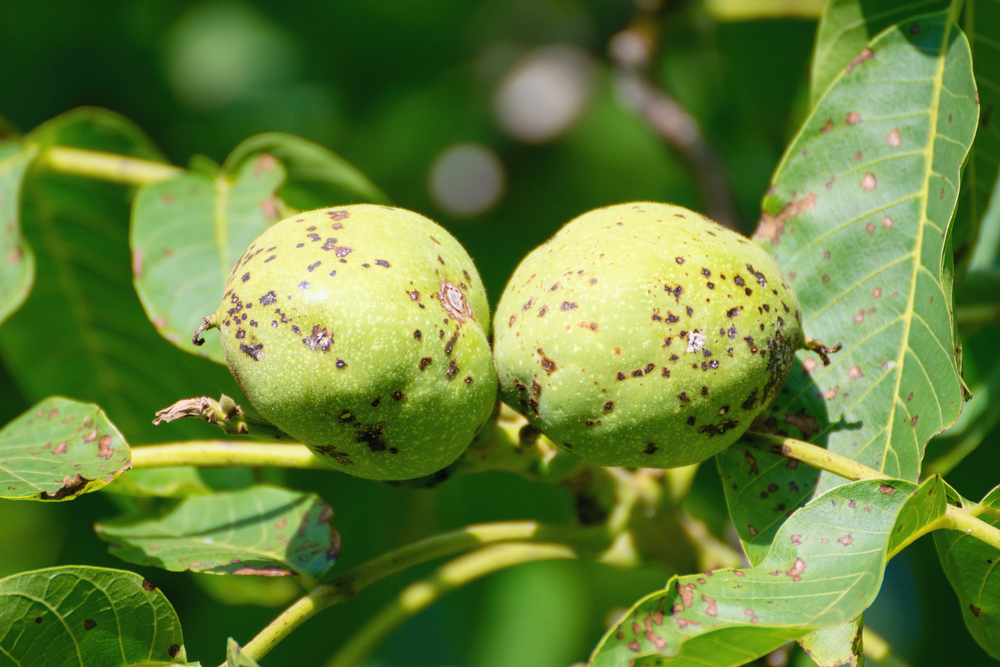Overindulgence in synthetic fertilizers, especially nitrates, can weaken plants and expose them to greater disease problems. Applications of products like calcium ammonium nitrate, or CAN17, kill the soil biology and set up the plants for a host of problems including downy mildew and soil-borne diseases like fusarium, phytophthora, etc. Soil-borne diseases are among the most destructive threats to crop production. The intensive use of pesticides further depletes soil biology. Yet for the last century, food production has heavily relied on chemical controls for the management of pathogens and pests.
Soil-borne diseases are part of any soil composition. They exist in almost every soil. The bigger issue here is that these diseases begin to express themselves in destructive ways largely due to our monolithic farming practices and the degradation of our soils. Soil is a living organism, and good soil biology plays a crucial role in helping to maintain healthy soils. Healthy soils perform normal and necessary functions like water retention, sustaining plant and animal life, filtering and buffering pollutants, cycling nutrients, and more.
Our intensive agricultural practices, coupled with a lack of focus in the tending of our soil health, set the table for higher concentrations of plant pathogens — again, pathogens that are already in our soils but now find themselves in an environment where they can flourish.
Application of fungicides and pesticides on crops tend to overwhelm the plant, and its metabolism rate drops as it struggles with the impact. The result is a loss of growing days over time during this period of struggle. Similarly, when a plant is fighting off a disease, its growth rate slows. However, when a plant harbors helpful microbes on its roots, it can fight off pests while maintaining normal growth. When soil microbes are present, plants undergo what is called “induced systemic resistance,” an immunity boost that protects the plant from a broad range of pathogens. We also know that the introduction of fungi, like Trichoderma spp., can act as a biological control mechanism. We’re also discovering a host of new fungi that can play a major role in disease suppression. These natural “mechanisms” can significantly reduce the use of chemical synthetic pesticides and fertilizers.
Healthy soils are a key but under-utilized ally in the mitigation of disease. Beneficial soil microbes provide a long-term solution for crop protection against soil-borne diseases. The inhibitory effects of beneficial soil microbes contribute to disease suppression or, again, the lack of disease expression. In addition, chemical and physical attributes of soil such as organic matter, pH, and clay content can directly or indirectly affect soil microbial activity, which, in turn, can impact crop health.
Andaman Ag sells an array of products that improve the health of the soil. We even have fungi-dominated products that reduce heavy metals and the overuse of pesticides and herbicides in the soil. Getting growers to understand and apply biological solutions to their everyday problems while working on the long-term goal of developing healthier soils, can reduce a large portion of these self-inflicted problems in our fields.





